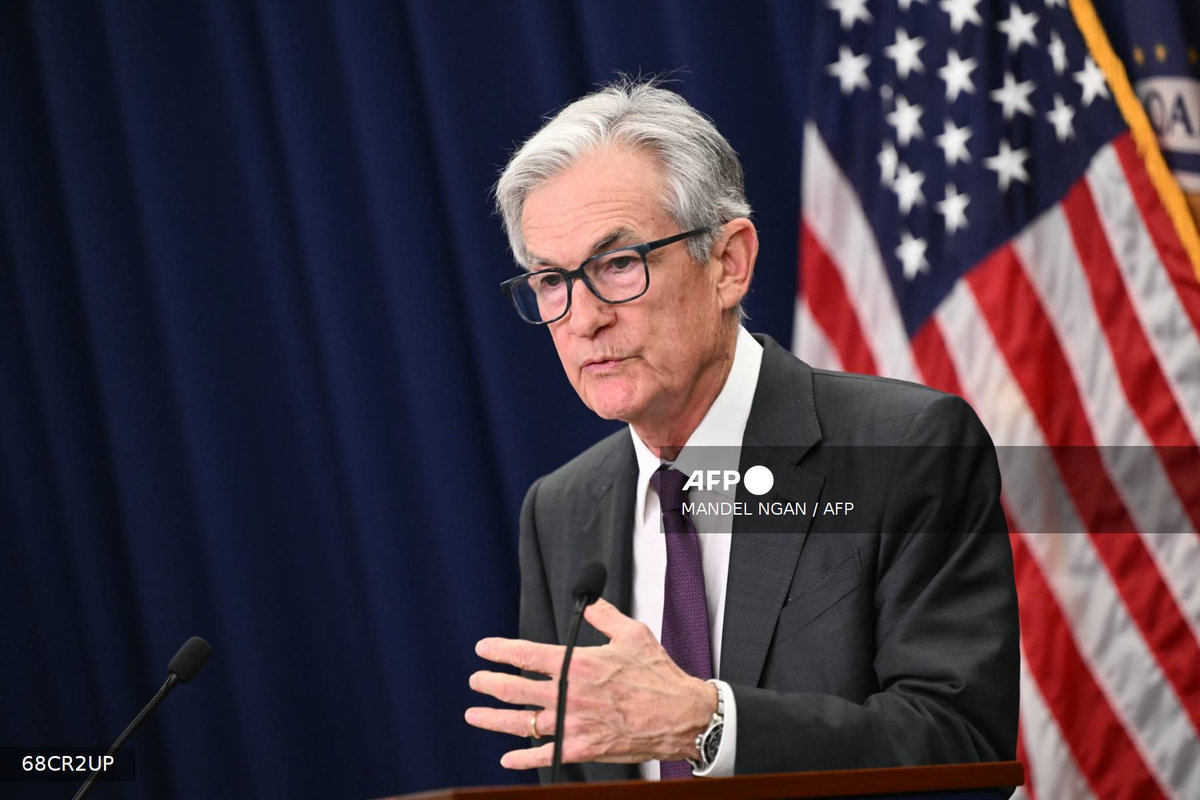WASHINGTON: The US Federal Reserve kept interest rates unchanged for the fifth consecutive meeting, resisting pressure from President Donald Trump to cut borrowing costs. The decision came amid signs of economic growth but also rising uncertainty over trade policies and inflation.
The central bank maintained its benchmark interest rate at a range of 4.25 percent to 4.50 percent, citing moderating economic growth and persistent inflation risks.
“Although swings in net exports continue to affect the data, recent indicators suggest that growth of economic activity moderated in the first half of the year,“ the Fed said in its statement.
The decision was not unanimous, with two dissenting votes from Fed Governors Christopher Waller and Michelle Bowman, who had previously indicated openness to a rate cut. This marks the first time since 1993 that two governors have opposed a Fed decision.
Analysts noted the unusual dissent reflects growing tensions within the central bank. “It’s a high-wire act for the Fed, because they’re balancing a lot of risks without a net,“ said Diane Swonk, chief economist at KPMG. She warned that tariff-related price pressures could soon push inflation higher, while weakening labor market conditions may dampen consumer demand.
President Trump, who has repeatedly criticized Fed Chair Jerome Powell, renewed his calls for lower rates following stronger-than-expected GDP growth figures. “He must now lower the rate,“ Trump said, continuing his public attacks on Powell, whom he has previously called a “numbskull” and “moron.”
Economists remain cautious about the economic outlook. “Tariff-induced price pressures are starting to filter through the economy,“ said Gregory Daco, chief economist at EY. He noted that rising costs for businesses and consumers could further slow economic activity in the coming months.
The Fed’s decision highlights the challenges of navigating political pressure while maintaining economic stability. Powell is expected to emphasize caution in his upcoming press conference, reinforcing the Fed’s data-dependent approach to monetary policy. - AFP









